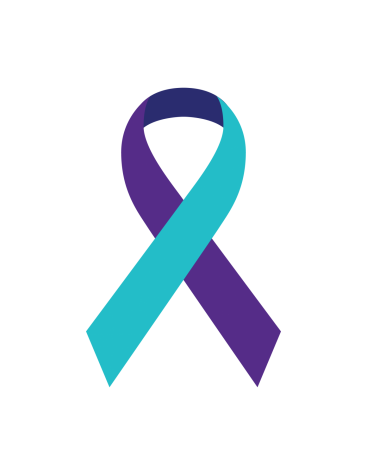Suicide Prevention Week
September 14, 2018
September 10-16 is Suicide Prevention Week, a week used to educate others on how to help someone, should they be in the position where they want to take their own life. Often times, it is hard to know someone is suffering in the first place. Here are some tips on how to spot suicidal behavior, and what to do when you do.
- Know the signs. Signs of suicidal idealization are excessive sadness or moodiness, general hopelessness,
 sleep problems, sudden calmness or a sense of ease, withdrawal from others and things they enjoy, changes in personality, less concern towards appearance, dangerous or self destructive behavior, recent trauma or crisis, and threatening suicide. Take all of these symptoms very seriously.
sleep problems, sudden calmness or a sense of ease, withdrawal from others and things they enjoy, changes in personality, less concern towards appearance, dangerous or self destructive behavior, recent trauma or crisis, and threatening suicide. Take all of these symptoms very seriously. - Find the words. Open up conversation with the person of concern. Often times, they don’t have anyone to open up about their problems with. Be the person they can lean on in their time of need.
- Reach out. You don’t have to be the only person helping them. In fact, you probably can’t help them with just yourself. Find resources, such as crisis lines. From there, professionals can help you and the person in the next steps to take, whether it be as immediate as going to the hospital or possibly just looking into therapy.
- Be open about your support. Spread information on how to help and make it clear that you’re open to helping others. The biggest problem in trying to prevent suicide is misinformation and lack of knowledge. Most people don’t even know what to look for, and if they do, they don’t know how to help. Continuing to educate yourself and others is the first step to making the world a safer place for others.
If you or someone you know is suffering with suicidal thoughts, know that you aren’t alone. The number for the National Suicide Prevention Lifeline is 1-800-273-8255. If you’d rather text than call, text HOME to 741741 to talk to a counselor from the Crisis Text Line. For more information, go to https://suicidepreventionlifeline.org.
